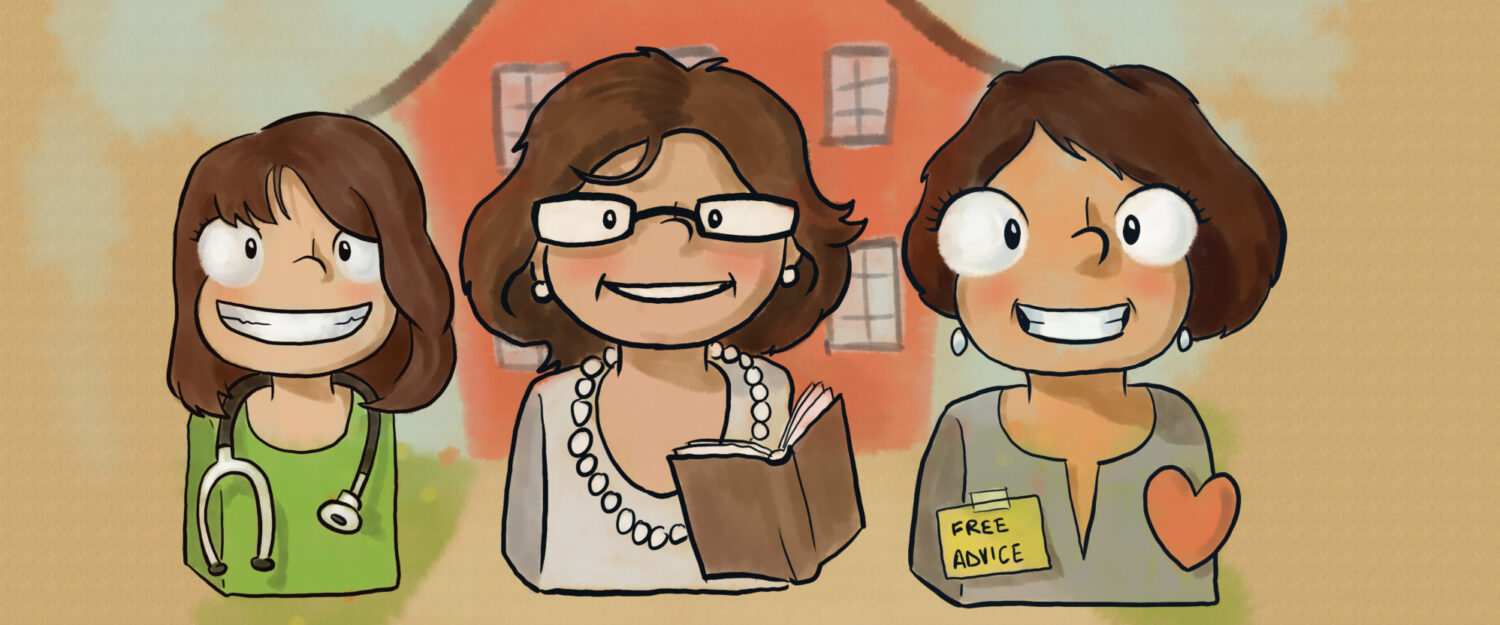February, the month of LOVE, is home to Valentine’s Day and, personally, my more preferred celebration, Random Acts of Kindness week. This year, RAK week is February 9th-15th. You agree, I’m sure, that RAK should be every day, not just a week-long celebration, but intentionally promoting it during this week is lots of fun! Links to two of my favorite sites for passing on kindness every day are found at the end of this post. However, the point of this post is to tell you about a great resource to use with students who are NOT being treated kindly, targets of bullying. The link to this site is also at the end of this post, but don’t skip ahead just yet. First, let me tell you a little more about why it’s so great and what makes it different from other bully prevention programs.
Being teased, or worse yet bullied, is never okay. While it is not okay, it is true that all people will have times when they get teased, and for some, the level of teasing will occasionally reach the severity of bullying. When these situations occur, it is important to thoroughly investigate, consequence the bully, and support the target. While the bully will receive discipline, with legal action being an option if the bullying is severe, what happens to the target? (Note: More about working with students who bully in a future post because it is not all about punishing!)
I’ve had students and parents, alike, get very mad and even argue with me when I talk with them ![pam_general[2]](https://i0.wp.com/thethreesquarepegs.com/wp-content/uploads/2013/08/pam_general2.jpg?resize=155%2C155) about what the target can do to decrease the chances of being teased or bullied again. The whole concept of the target changing his behavior to decrease the frequency of bullying is viewed by some as suggesting that the target CAUSED the bullying. This is not true. The target did not MAKE the bully tease him. Another complaint about this approach is “Why should I have to change? I didn’t do anything wrong!” This is true. However, before you stop reading and tune me out altogether, consider the following…
about what the target can do to decrease the chances of being teased or bullied again. The whole concept of the target changing his behavior to decrease the frequency of bullying is viewed by some as suggesting that the target CAUSED the bullying. This is not true. The target did not MAKE the bully tease him. Another complaint about this approach is “Why should I have to change? I didn’t do anything wrong!” This is true. However, before you stop reading and tune me out altogether, consider the following…
What about a paradigm shift here? Recognize that in order for bullying to happen, there must be, at a minimum, one person doing the bullying and one person receiving the bullying. This makes it an interaction between two people. Since the target cannot change anyone except him/herself, it is helpful to teach the target strategies that DISCOURAGE bullying. While there are many curricula on this very topic, most rely on strategies such as walking away, getting adult help, using positive self-talk to refute the teasing, and assertively telling the bully to stop. These are all good strategies, depending on the situation, but they do not really address the option of adjusting how a target views the situation. What if the target decides to think about the situation differently, recognizing that a bully can only hurt him if he lets the insult bother him? This is a radical shift in perspective. Stay with me!
Years ago, I worked with a sixth grade gifted student who was a target of bullying. We will call her Sally. When other students teased Sally, she responded in a provocative manner, yelling, demanding they stop, crying, and getting very emotional. While the bullies were dealt with by school administration, since Sally was a “repeat” target, it was decided that it would be beneficial for her to learn skills to prevent her from inadvertently announcing, “If you want to have fun, pick on me because my response is entertaining!” This is where the Bullies2Buddies lessons came into play. I don’t remember where I first heard about this curriculum, but I have used it for many years. It has been helpful with many targets, including Sally, who adamantly argued with me throughout the first three lessons. She persisted in her opinion that she should not change; the bullies were the ones who should have to change. She was right about the bullies needing to change but wrong about herself. Sally finished the lessons and returned to a year of ongoing problems.
When Sally went into the 7th grade, she had significantly fewer issues with teasing. A few months into the school year, I called her to my office to see how things were going. Sally’s answer was one of those unforgettable counseling moments. “I know I argued with you the whole time you taught me those lessons last year, but this year I decided to do what I learned, and it works!” The following year, when she was in 8th grade, I asked Sally if she would like to teach the lessons to a 6th grade student who was having similar struggles, and with permission from both students’ parents, she gladly obliged. It is no surprise that the 6th grade student received the message with much less resistance since Sally was her teacher and had been down a similar road.
Eleanor Roosevelt was on to something, and what Izzy Kalman has created is a direct offshoot of her famous quote. Izzy’s website, www.Bullies2Buddies.com, is loaded with resources. The lessons I used with Sally (and many others) are found in a FREE manual titled “How to Stop Being Teased and Bullied Without Really Trying” at http://bullies2buddies.com/resources/free-manuals/ Check it out!
Two awesome kindness websites: https://www.randomactsofkindness.org/ http://www.values.com/
“No one can make you feel inferior without your consent” by Richelle M CC BY 2.0
